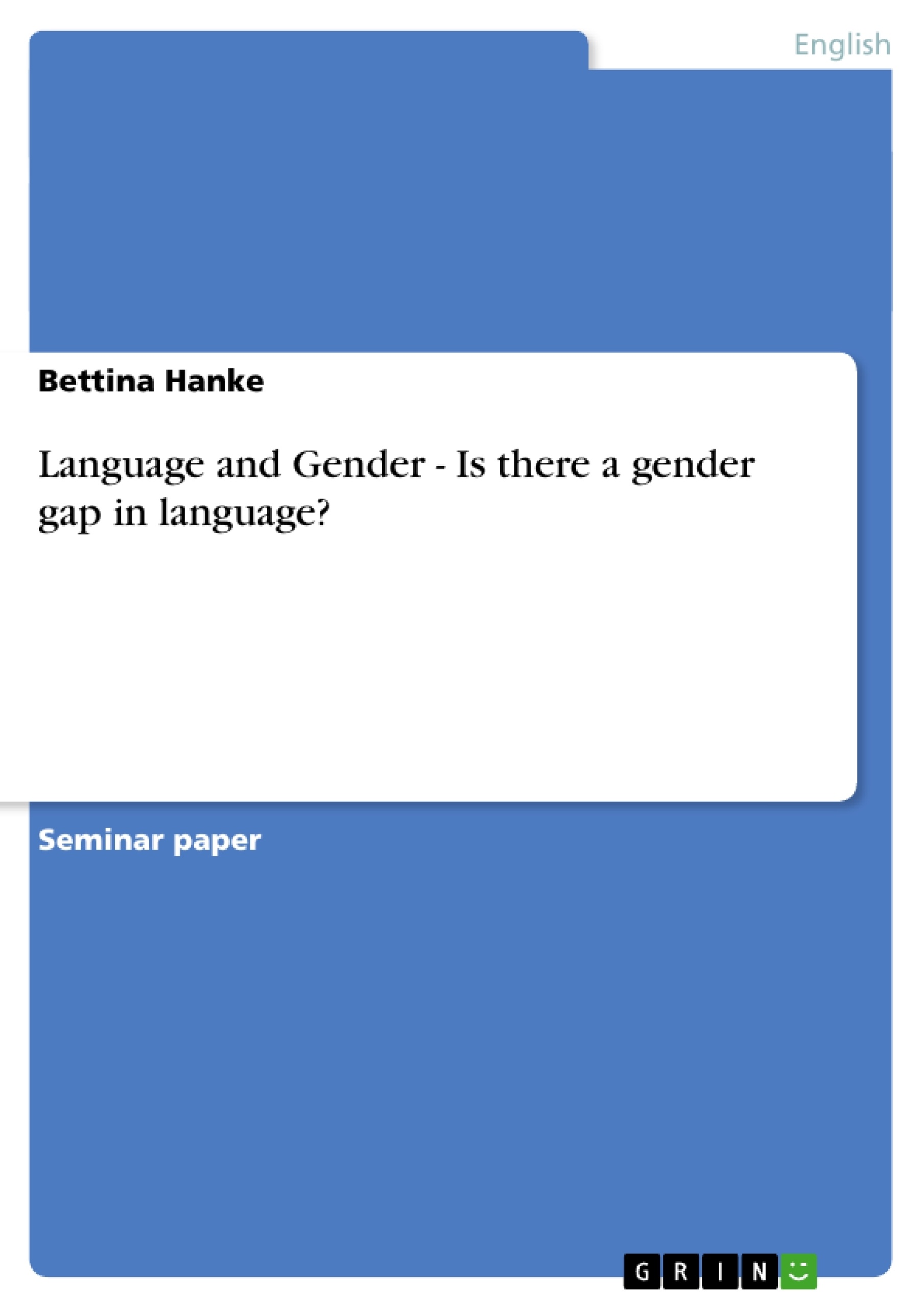The belief in sex differences has a long tradition. Researches of social scientists have helped to create and confirm this belief and have helped to develop theories which stress differences rather than similarities. Robin Lakoff was one of the first linguists who proposed that women´s speech style is a powerless style. She introduced the term “women´s language” which implies that women and men speak different languages. Lakoff and others have claimed that differences in male and female language have their source in early childhood socialisation. The assertiveness training movement which emerged in the 1970s was first established to help people who have communication problems and was later designed especially for women to solve their alleged problems of speech style and male-female communication. In the 1980s another approach gained popularity. The origins lie in the work of the linguist John Gumperz. The two-cultures approach maintains that communication between women and men is communication across cultures because the reasons for misunderstanding between them are similar to those of ethnic groups. More recent works of Elizabeth Aries and Mary Crawford challenge these approaches and demonstrate that similarities between men and women are far greater than differences. In this paper I want to discuss several approaches to gender differences and try to answer the questions whether there are differences in male-female communication and what the causes are for these differences.
Inhaltsverzeichnis (Table of Contents)
- Introduction
- Socialisation in Childhood
- Women's Language
- What a divine idea!
- The Two-cultures Approach
- The Key is Understanding
- Tribes and Immigrants
- Men Created Language.
- New Aspects of Women´s Speech
- Conclusion
Zielsetzung und Themenschwerpunkte (Objectives and Key Themes)
This paper examines the concept of gender differences in language, focusing on whether such differences exist and what their potential causes might be. It delves into various approaches to understanding gender-based communication, including the impact of socialisation in childhood and the "two-cultures" approach. The paper aims to provide a comprehensive discussion of these approaches and to critically evaluate their strengths and limitations.
- Gender differences in language
- Socialisation in childhood and its impact on gendered speech
- The "two-cultures" approach to gender communication
- The role of family and peer groups in shaping language use
- The influence of social contexts on gendered behaviour
Zusammenfassung der Kapitel (Chapter Summaries)
- Introduction: This chapter provides an overview of the historical context of research on gender differences in language, introducing key figures like Robin Lakoff and John Gumperz, and outlining the paper's objectives.
- Socialisation in Childhood: This chapter delves into the role of socialisation in shaping gendered communication, examining the theories of Robin Lakoff, Deborah Tannen, Deborah Cameron, and Elizabeth Aries. It explores the influence of family, peer groups, and social contexts on language development and gender identity.
Schlüsselwörter (Keywords)
This paper explores the key themes of gender differences in language, socialisation in childhood, the "two-cultures" approach, communication styles, and the influence of social contexts. It examines research on gendered speech, focusing on key figures like Robin Lakoff, Deborah Tannen, Deborah Cameron, and Elizabeth Aries.
- Quote paper
- Bettina Hanke (Author), 2003, Language and Gender - Is there a gender gap in language?, Munich, GRIN Verlag, https://www.grin.com/document/31990




